Interstitial Lung Disease In Infants
Interstitial lung disease in infants. We describe novel genetic entities along with initiatives that aim at collecting clinical data and biologic samples from carefully characterized patients in a prospective and standardized fashion. Interstitial lung disease in infants unlike older children and adults has diverse etiology including infective metabolic autoimmune genetic malignant and idiopathic causes. Clinical recognition of the interstitial pattern of lung involvement is important as the etiology and management is entirely different from that of recurrent or chronic lung parenchymal pathologies.
Lee EY Cleveland RH Langston C. Infants and young children with childrens interstitial lung disease. Classification evaluation and management of childhood interstitial lung disease in infancy.
Interstitial lung disease in children chILD is rare and encompasses more than 200 entities with new especially genetic causes being discovered. Twelve children of Zimbabwean heritage aged 21-108 months were identified between 2012 and 2017. More than half 57 needed supplemental oxygen at birth and 21 had biopsies performed before age 2.
Interstitial lung disease ILD in infants and children represents a heterogeneous group of respiratory disorders that are mostly chronic and associated with high morbidity and mortality. Another term used in the literature is diffuse parenchymal lung disease. Interstitial lung disease in infants and children.
Classification of childhood interstitial lung disease chILD A classification of ILD specific for infants aged. Bronchopulmonary dysplasia BPD in infants refers to long-term breathing and lung problems in premature babies. Childhood interstitial diffuse lung disease in infants consists of a heterogeneous group of disorders previously classified with clinical radiologic and patho-logic features.
Childhood interstitial lung disease chILD is a group of rare conditions that affects infants children and adolescents. Affected infants typically present with clinical syndromes characterized by dyspnea tachypnea crackles and hypox. Interstitial lung disease in infants unlike older children and adults has diverse etiology including infective metabolic autoimmune genetic malignant and idiopathic causes.
These diseases make it difficult for the lungs to exchange oxygen and. Bronchopulmonary dysplasia is a serious complication of prematurity resulting from poor lung growth and lung injury.
Lee EY Cleveland RH Langston C.
The different types of chILD have one thing in common they all decrease the oxygen supply to a childs body. Lee EY Cleveland RH Langston C. Classification of childhood interstitial lung disease chILD A classification of ILD specific for infants aged. More than half 57 needed supplemental oxygen at birth and 21 had biopsies performed before age 2. After common causes of DLD are excluded neonates and infants with childhood ILD syndrome should be. Bronchopulmonary dysplasia is a serious complication of prematurity resulting from poor lung growth and lung injury. Classification of Childhood Interstitial Lung Disease in Infants 1. Interstitial lung disease ILD in infants and children represents a heterogeneous group of respiratory disorders that are mostly chronic and associated with high morbidity and mortality. Interstitial lung disease ILD is defined as a rare heterogeneous group of parenchymal lung conditions that develop primarily because of underlying developmental or genetic disorders.
These diseases have some similar symptoms such as chronic cough rapid breathing and shortness of breath. Interstitial lung disease ILD in infants and children represents a heterogeneous group of respiratory disorders that are mostly chronic and associated with high morbidity and mortality. Twelve children of Zimbabwean heritage aged 21-108 months were identified between 2012 and 2017. Bronchopulmonary dysplasia BPD in infants refers to long-term breathing and lung problems in premature babies. These disorders have traditionally been described as interstitial lung disease ILD but that term is less accurate because some types such as neuroendocrine cell hyperplasia of infancy NEHI and bronchiolitis obliterans BO have airway centric manifestations. This review focuses on chILD presenting in infants younger than 2 years of age and discusses recent advances in the classification diagnostic approach and management of chILD in this age range. Clinical recognition of the interstitial pattern of lung involvement is important as the etiology and management is entirely different from that of recurrent or chronic lung parenchymal pathologies.









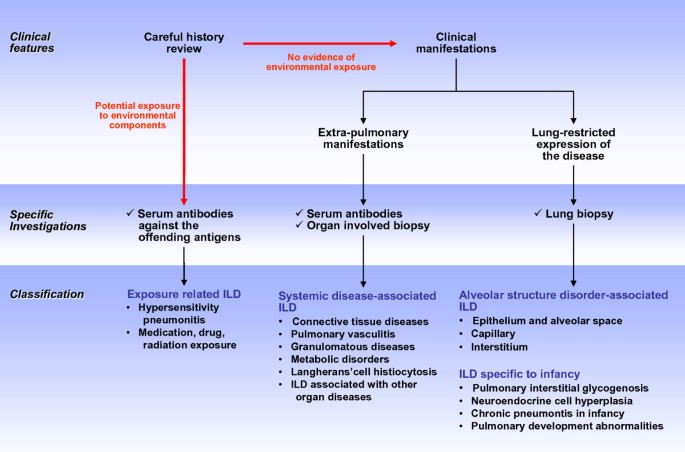


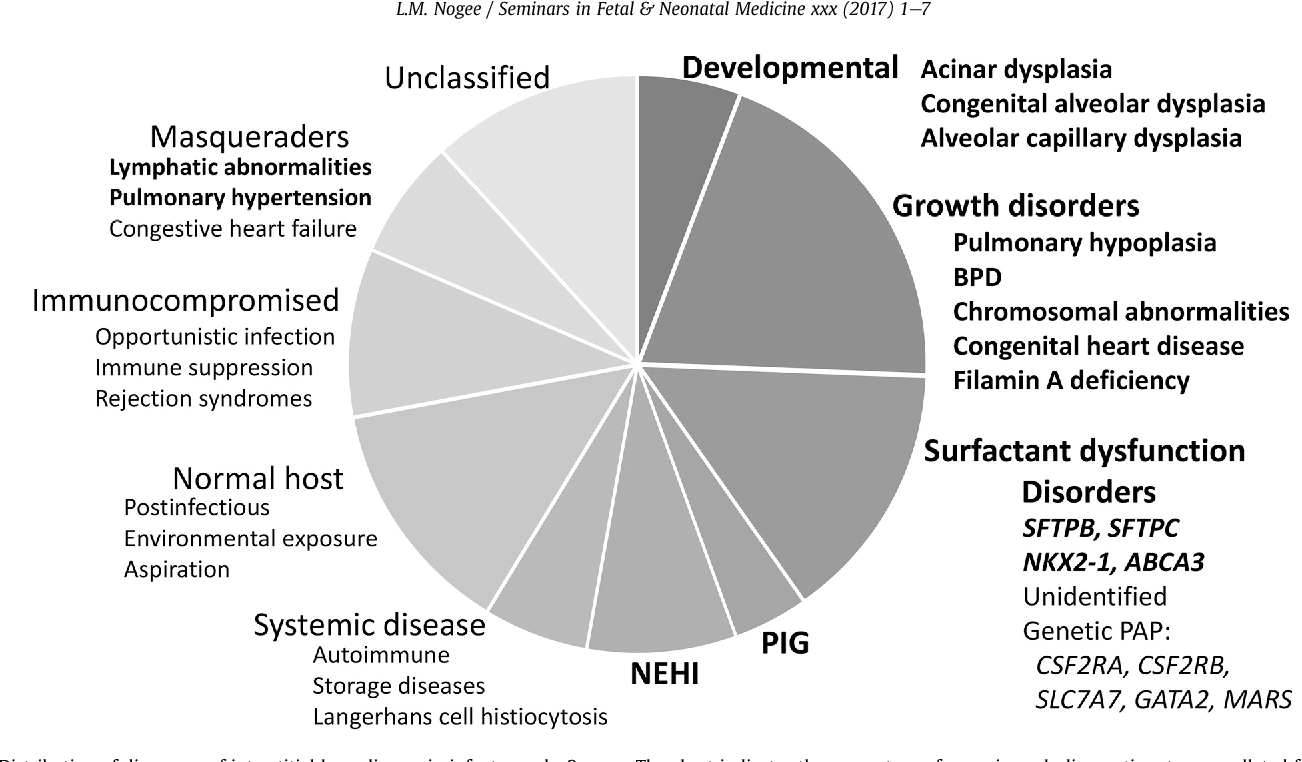


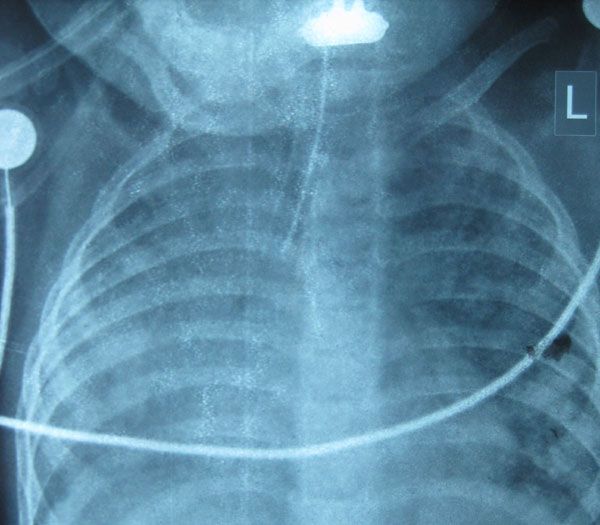















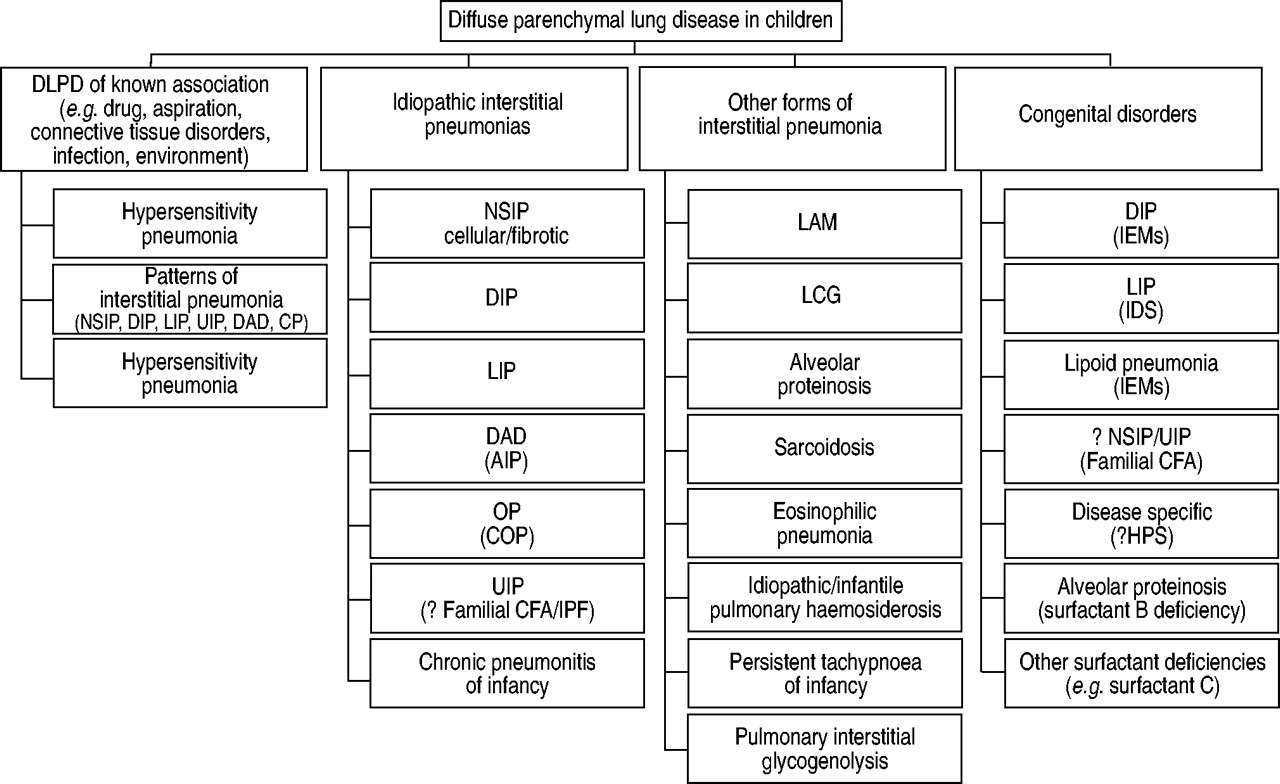





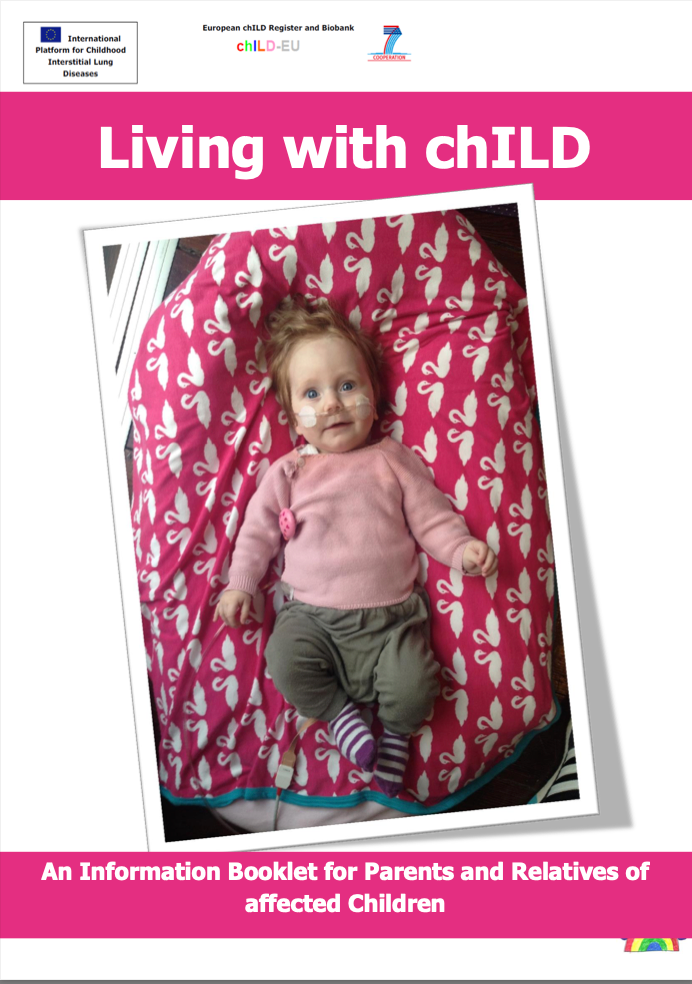
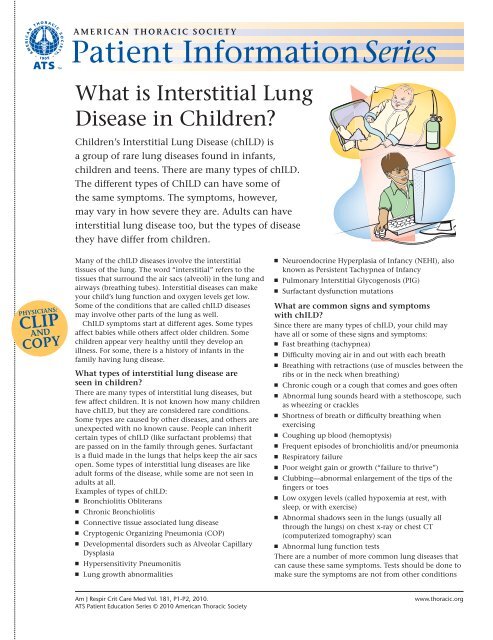


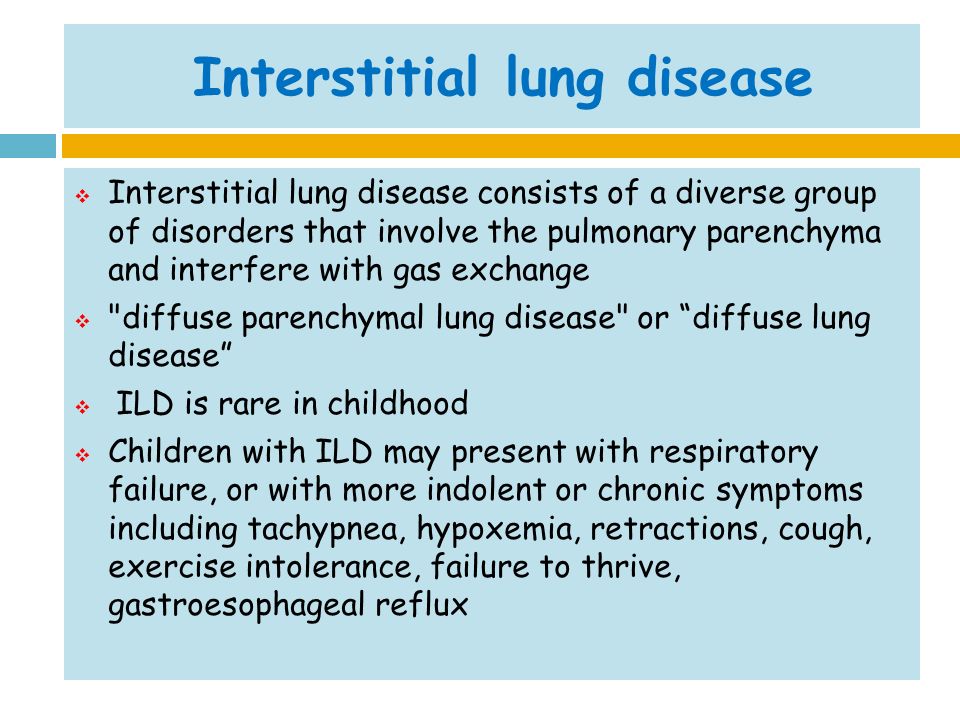



Posting Komentar untuk "Interstitial Lung Disease In Infants"